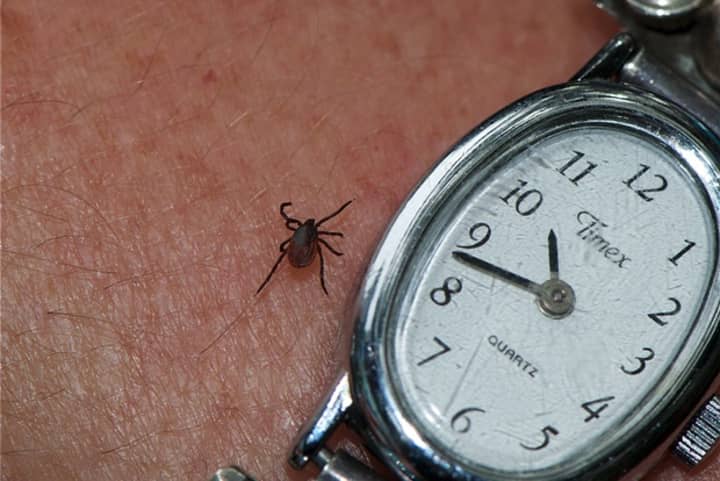The majority of ticks submitted by Stamford residents this year have been Ixodes scapularis, better known as the blacklegged tick or the deer tick. These ticks are capable of transmitting Lyme disease — and 33 percent of these ticks were found to be carrying the Lyme disease bacterium.
To protect yourself from tick bites, use an approved tick repellant and wear long pants and long sleeves when going into areas where ticks are likely to be found, Stamford health officials said. Check yourself and family members for ticks after you have been outdoors.
For additional information of how to protect yourself from tick bites, click here for guidelines from the Connecticut Department of Public Health.
Remember to also check pets for ticks after allowing them outside.
Attached ticks should be removed promptly with a fine-tipped tweezers, making sure that mouthparts have not been left in the skin. The Connecticut Department of Public Health provides information on how to safely remove a tick on its website.
Also, clinicians should consider a tick-borne disease in patients with compatible illness who do not report a tick bite, because only a small proportion of patients diagnosed with a tick-borne disease recall being bitten by a tick.
Click here to follow Daily Voice Stamford and receive free news updates.


